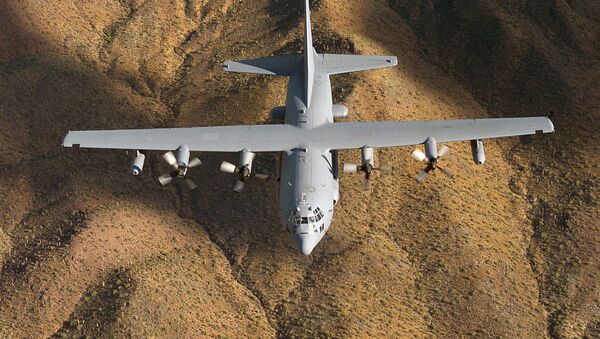“If we can shut down or deny their communication, then we are causing chaos,” Lt. Col. Chris Weaton of the Electronic Combat Squadron said on Wednesday. The weapon of choice to conduct these operations is the Lockheed EC-130H Compass Call, a 97-foot aircraft designed for electronic warfare.
The EC-130H can effectively prevent enemy forces from coordinating their positions on the battlefield, Weaton noted. Meanwhile, US-led coalition troops can use that opportunity “to organize and act” against Daesh “in a way that takes advantage of their confusion,” the Air Force officer said.
In all outward appearances, the aircraft looks similar to other planes flying in the USAF, but inside it is totally different, outfitted with a number of computers and technological systems that track Daesh communication centers and block them, Stars and Stripes explained. Northrop Grumman-made EA-6B Prowlers and Boeing EA-18G Growlers round out the electronic warfare aerial fleet.
The crew of the Compass Call “provides an organic capability to both identify what the threats are and then also target those threats,” Weaton remarked, adding, “other types of platforms don’t necessarily have that dual capability within them.”
The enemy, however, is constantly reinventing how it communicates, which constitutes the biggest obstacle to jamming them. “Anytime they develop new capability and new technology, they use that and then we have to come up with a way to counter that,” he said, noting it is a “big challenge.”



